What Might Have Been If Pro Circuit Deal Was Closed
What Might Have Been If Pro Circuit Deal Was Closed
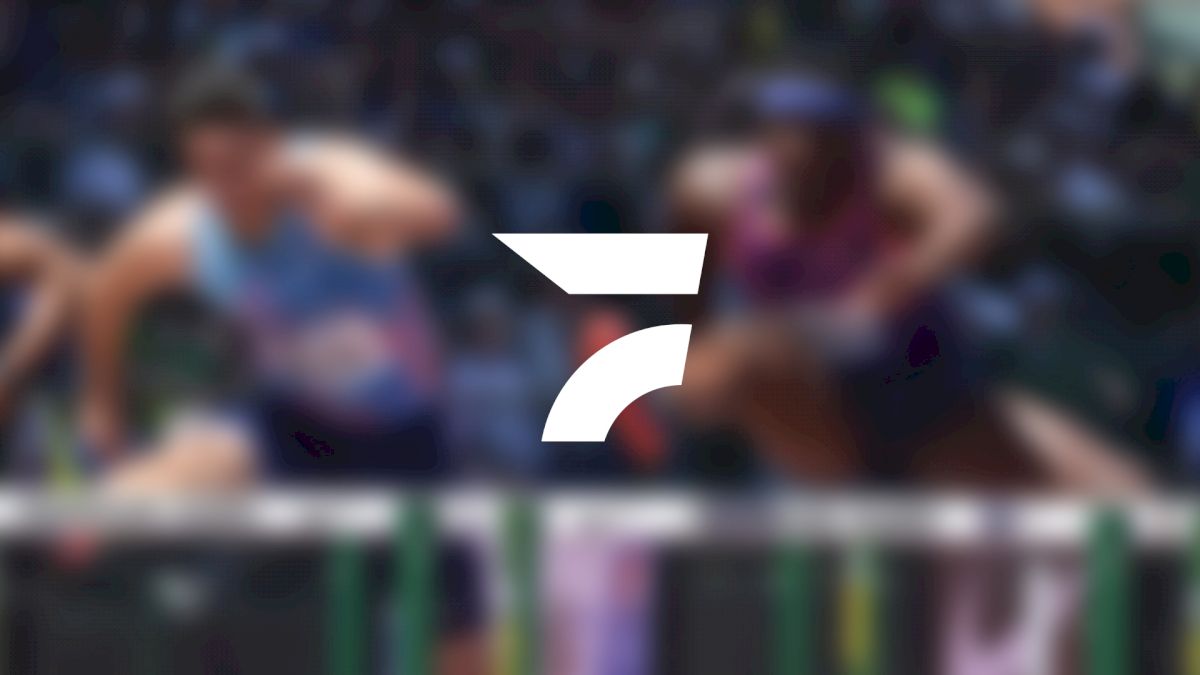
--With almost four decades of experience as a writer, broadcaster and color commentator, Toni Reavis is one of the most respected voices in track and field. He will share his opinions and knowledge with you in a new monthly column on Flotrack.
One of my old friends from Boston was out in San Diego recently visiting his son. During his stay we ended up chasing down a few beers while reminiscing about our days of yore when something akin to a harmonic convergence placed Boston at the epicenter of the first running boom. I dug out some old notes from my Runner’s Digest radio show (1977 – 1988) and we rediscovered some insights provided by the late New York City Marathon impresario Fred Lebow that, unfortunately, still ring true to this day.
Fred often spoke about the state of the sport during those heady times when the running boom was exerting tectonic forces on the old amateur (shamateur) system. Looking back now from this remove I can see that, like Moses and MLK before us, we never made it to the Promised Land, as the sport never quite reached the levels of professionalism we once anticipated, and has since settled into a docile “event” rather than “sport” focus.
Fred Lebow and I had the following exchange on July 21, 1980 as the idea of a true running circuit was in the air and, seemingly, on the table. See what you take from this.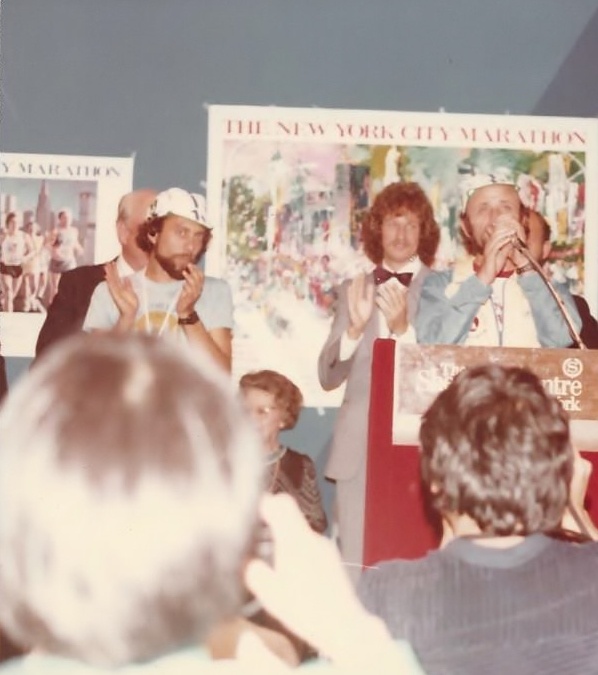
TR: There was a meeting in Buffalo during the Olympic Marathon Trials?
FL: Everyone was unanimous as far as who wants to be part of the circuit, including Boston. However, Boston, for the time being, said they would not offer money, just points.
TR: How historically important would this (circuit) be?
FL: 1897 in Boston, 1972 in Munich (Frank Shorter’s gold medal at the Olympic Marathon), 1976 in New York City through all five boroughs, that’s where it all happened. The biggest push came in `76 when the marathon was run in the capital of the world and received front page coverage everywhere.
TR: How would the circuit work?
FL: To make it palatable to the federation and international bodies he (Ollan Cassell, then executive director of The Athletics Congress -- TAC) wants us to come up with a package that is well thought out so we are not running blindly into this. I was originally hoping we could start this fall (1980), and I still haven’t given up on that. But I won’t be disappointed if we can’t, because I want to make sure whatever we do that it will be done not only in good taste, but also well thought out politically as well as financially.”
TR: Do you see this as trial balloon race or a circuit of races?
FL: I think it has to be a circuit. I don’t think one event will mean anything. So at least six, but as many as 18 events (formed) in a circuit. The difficulty in the international aspect is that we are still tied up with track & field, and somehow I believe eventually the solution lies in taking road running out of track & field. Because all the rules and regulations we go by were made for track, made for sprinting and the high jump. The longest they were made for is 10,000 meters. They don’t really apply to road racing. However, we have to abide by the same rules that the sprinters and the high jumpers abide by. I don’t think it makes sense because the average citizen isn’t going to be a sprinter or a high jumper, but they can be a road runner. And that’s a big difference.
TR: Is timing important, to strike while the iron is hot?
FL: Yes, but at the same time, we want to strike a straight iron, make something very clear cut and well thought out. We are all tired of under-the-table money. In fact, the real push came when I spoke with Joe Concannon (Boston Globe) before the World Cross Country Championships in Paris. That’s where I gave him the $150,000 New York City Marathon story. But I’ve talked about this several times since 1977 in one form or another.
The American public deserves better. Elevate running to a sport. Right or wrong what they understand is the bottom line. And the bottom line is prize money. Arnold Palmer makes prize money from golf. Bjorn Borg makes prize money from tennis. That’s what people understand, and that’s what people will watch and be interested in. If they watch basketball, they are going to shoot basketballs. If they watch baseball, they’ll go play baseball.”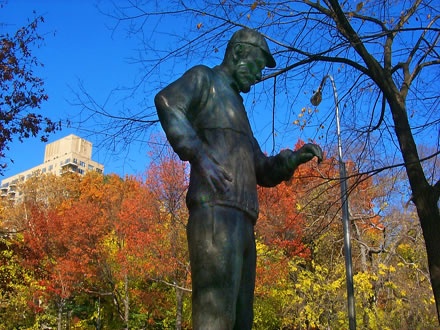
In a subsequent interview Fred appended his earlier remarks.
“Why does ABC, CBS and NBC spend money televising golf and tennis matches? Not because they are so exciting to watch. Because the public accepts that the winner will receive - if Billy Rodgers were assured that he would get $300,000 if he won the NYC Marathon, I'd bet my sneakers the networks would be clamoring to telecast the NYC Marathon. ABC, CBS and NBC would pay a couple million dollars for the rights because the public would be ready to watch it."
***
Remember, that conversation took place 34 years ago. Yet early this September the Bank of America Chicago Marathon, the TCS New York City Marathon, and the BMW Berlin Marathon, three of the six World Marathon Majors, sent out press releases announcing their 2014 “elite” fields (this sport doesn’t even call athletes professionals). While Chicago mentioned the millions of dollars being raised for a variety of charitable causes, and the $253 million in economic impact the event generates, none of the event’s press releases mentioned a single word about what would be at stake in the competition in terms of prize money, appearance money, time-bonuses, nothing.
By stopping short of true professionalism, by maintaining the false image of competition for competition sake, by keeping the “real” money hidden under-the-table in the form of appearance fees, the sport long ago failed to engage the public as the value of the athletic achievement was never accorded its proper due. Accordingly, the public sees running primarily as recreational slog, not as a sport worth paying attention to. The loss of home grown heroes in the wake of the East African domination beginning in the 1990s only contributed to the lessening of public interest.
Sorry Fred, but you didn’t close the deal when the iron was still hot.
One of my old friends from Boston was out in San Diego recently visiting his son. During his stay we ended up chasing down a few beers while reminiscing about our days of yore when something akin to a harmonic convergence placed Boston at the epicenter of the first running boom. I dug out some old notes from my Runner’s Digest radio show (1977 – 1988) and we rediscovered some insights provided by the late New York City Marathon impresario Fred Lebow that, unfortunately, still ring true to this day.
Fred often spoke about the state of the sport during those heady times when the running boom was exerting tectonic forces on the old amateur (shamateur) system. Looking back now from this remove I can see that, like Moses and MLK before us, we never made it to the Promised Land, as the sport never quite reached the levels of professionalism we once anticipated, and has since settled into a docile “event” rather than “sport” focus.
Fred Lebow and I had the following exchange on July 21, 1980 as the idea of a true running circuit was in the air and, seemingly, on the table. See what you take from this.

TR: There was a meeting in Buffalo during the Olympic Marathon Trials?
FL: Everyone was unanimous as far as who wants to be part of the circuit, including Boston. However, Boston, for the time being, said they would not offer money, just points.
TR: How historically important would this (circuit) be?
FL: 1897 in Boston, 1972 in Munich (Frank Shorter’s gold medal at the Olympic Marathon), 1976 in New York City through all five boroughs, that’s where it all happened. The biggest push came in `76 when the marathon was run in the capital of the world and received front page coverage everywhere.
TR: How would the circuit work?
FL: To make it palatable to the federation and international bodies he (Ollan Cassell, then executive director of The Athletics Congress -- TAC) wants us to come up with a package that is well thought out so we are not running blindly into this. I was originally hoping we could start this fall (1980), and I still haven’t given up on that. But I won’t be disappointed if we can’t, because I want to make sure whatever we do that it will be done not only in good taste, but also well thought out politically as well as financially.”
TR: Do you see this as trial balloon race or a circuit of races?
FL: I think it has to be a circuit. I don’t think one event will mean anything. So at least six, but as many as 18 events (formed) in a circuit. The difficulty in the international aspect is that we are still tied up with track & field, and somehow I believe eventually the solution lies in taking road running out of track & field. Because all the rules and regulations we go by were made for track, made for sprinting and the high jump. The longest they were made for is 10,000 meters. They don’t really apply to road racing. However, we have to abide by the same rules that the sprinters and the high jumpers abide by. I don’t think it makes sense because the average citizen isn’t going to be a sprinter or a high jumper, but they can be a road runner. And that’s a big difference.
TR: Is timing important, to strike while the iron is hot?
FL: Yes, but at the same time, we want to strike a straight iron, make something very clear cut and well thought out. We are all tired of under-the-table money. In fact, the real push came when I spoke with Joe Concannon (Boston Globe) before the World Cross Country Championships in Paris. That’s where I gave him the $150,000 New York City Marathon story. But I’ve talked about this several times since 1977 in one form or another.
The American public deserves better. Elevate running to a sport. Right or wrong what they understand is the bottom line. And the bottom line is prize money. Arnold Palmer makes prize money from golf. Bjorn Borg makes prize money from tennis. That’s what people understand, and that’s what people will watch and be interested in. If they watch basketball, they are going to shoot basketballs. If they watch baseball, they’ll go play baseball.”

In a subsequent interview Fred appended his earlier remarks.
“Why does ABC, CBS and NBC spend money televising golf and tennis matches? Not because they are so exciting to watch. Because the public accepts that the winner will receive - if Billy Rodgers were assured that he would get $300,000 if he won the NYC Marathon, I'd bet my sneakers the networks would be clamoring to telecast the NYC Marathon. ABC, CBS and NBC would pay a couple million dollars for the rights because the public would be ready to watch it."
***
Remember, that conversation took place 34 years ago. Yet early this September the Bank of America Chicago Marathon, the TCS New York City Marathon, and the BMW Berlin Marathon, three of the six World Marathon Majors, sent out press releases announcing their 2014 “elite” fields (this sport doesn’t even call athletes professionals). While Chicago mentioned the millions of dollars being raised for a variety of charitable causes, and the $253 million in economic impact the event generates, none of the event’s press releases mentioned a single word about what would be at stake in the competition in terms of prize money, appearance money, time-bonuses, nothing.
By stopping short of true professionalism, by maintaining the false image of competition for competition sake, by keeping the “real” money hidden under-the-table in the form of appearance fees, the sport long ago failed to engage the public as the value of the athletic achievement was never accorded its proper due. Accordingly, the public sees running primarily as recreational slog, not as a sport worth paying attention to. The loss of home grown heroes in the wake of the East African domination beginning in the 1990s only contributed to the lessening of public interest.
Sorry Fred, but you didn’t close the deal when the iron was still hot.
Related Content
 How to Watch: 2024 Gulf South Outdoor Track & Field Championship | Track and Field
How to Watch: 2024 Gulf South Outdoor Track & Field Championship | Track and FieldApr 22, 2024
 Penn Relays 2024 Preview Hype
Penn Relays 2024 Preview HypeApr 22, 2024
 Here's Why You Don't Want To Miss The Bryan Clay Invitational
Here's Why You Don't Want To Miss The Bryan Clay InvitationalApr 22, 2024
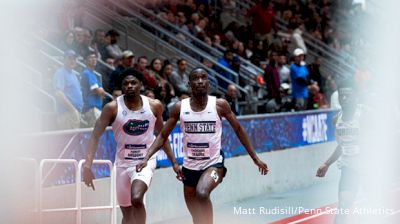 Cheickna Traore Is Up Next. The Former D3 Star Has Elite NCAA Potential
Cheickna Traore Is Up Next. The Former D3 Star Has Elite NCAA PotentialApr 22, 2024
 David Weir Takes Third At 2024 London Marathon
David Weir Takes Third At 2024 London MarathonApr 21, 2024
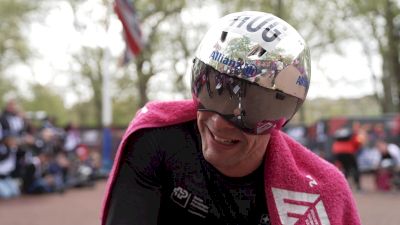 Marcel Hug Wins London Marathon A Week After Winning Boston Marathon
Marcel Hug Wins London Marathon A Week After Winning Boston MarathonApr 21, 2024
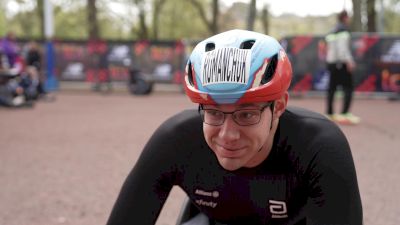 Daniel Romanchuk Second In Men's Wheelchair Race In London
Daniel Romanchuk Second In Men's Wheelchair Race In LondonApr 21, 2024
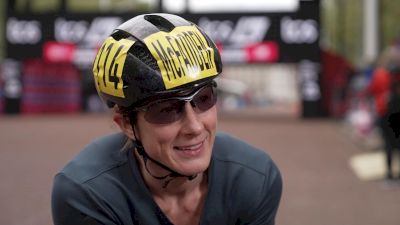 Tatyana McFadden Returns To London Marathon Elite Women's Wheelchair Podium
Tatyana McFadden Returns To London Marathon Elite Women's Wheelchair PodiumApr 21, 2024
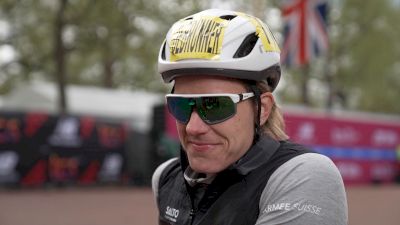 Catherine Debrunner Dominates Elite Women's Wheelchair Field In London
Catherine Debrunner Dominates Elite Women's Wheelchair Field In LondonApr 21, 2024